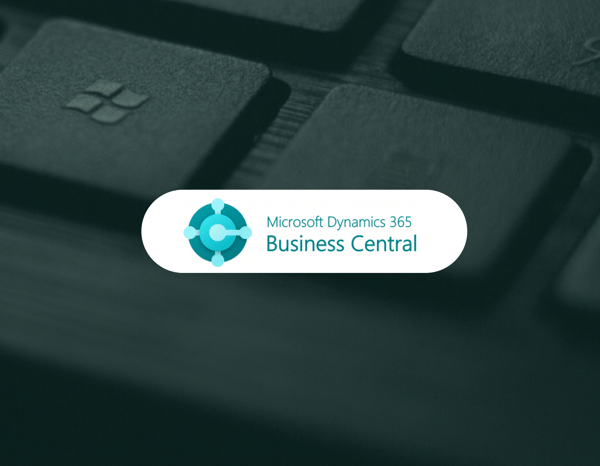AP automation software
Touchless invoice processing that boosts your efficiency

Trusted by finance leaders at 3,000+ mid-sized and large companies
Key benefits
How you can benefit from Rillion’s AP automation software
Reduce errors by 97%
Grow with 100% flexibility
Automated invoice capture
Invoice capture
Automatically extract invoice data from both paper and any digital format — with >90% accuracy. Skip manual data entry entirely.

Invoice approval workflow
Flexible approval workflows
Use AI to predict approval workflows or customize them with pre-set rules. Make sure invoices are approved by the right people with custom authorization rules.

3 way PO matching
3-way PO matching
Match invoices with purchase orders and receipts automatically for a touchless and precise process.

Payment automation
Pay your vendors on time
Pay your vendor bills in one click and save a lot of headaches with automated reconciliation. Don’t worry about remittance information, managing payment exceptions or vendor communication — Rillion handles all that for you.

Analytics & reporting
Analytics & reporting
Get actionable insights into your AP automation potential, forecast spending and cash flow, and assess risks in your supply chain. Unlock your data to support your company’s growth goals.

Features
Everything you need to efficiently manage your vendor invoices
AI-coding
Waste no more time on manually entering account coding and fixing errors. Rillion’s AI generates coding proposals by analyzing incoming invoices and past patterns.
Invoice tracking
Stay on top of your incoming invoices with a detailed invoice overview. See useful info like vendor information, flow proposal, due date, purchase order, and more.
Multi-entity & location management
Get full visibility into invoices and cash flow across all offices, locations, and entities in one place. Set up custom workflows tailored to specific needs and connect to multiple ERP systems.
Roles & permissions
Remove the hassle of onboarding new employees and managing individuals by assigning them a user role with permission rights.
Document management
Store documents in a centralized and searchable archive and link them to invoices, contracts, and purchase orders. Set up rules and approval workflows to manage documents efficiently.
Recurring invoice automation
Automate your recurring invoices for touchless processing with contract matching. Store the contracts in a searchable archive and get notifications when it’s time to renegotiate or cancel.
Purchase to Pay
Take control over indirect spend with purchase requisitions to ensure all purchases are approved before they happen. Save time and improve accuracy with instant 3-way PO matching and get insights into your costs with spend analyses and more.
Mobile approvals
Approve invoices on the go in a user-friendly and intuitive mobile interface to save time and avoid late payments.
Audit trail
Stay audit-ready with a complete, time-stamped record of every activity.

ERP Integrations
Connect to your ERP

Ready for the next step?
Take control of your accounts payable operations
How it works
From invoice to payment with Rillion
Automate your accounts payable process, from start to finish.
Capture
Match
Approve
Pay
Numbers to lean on
- 30+
Years of experience in AP automation
- 40M+
Invoices processed in Rillion every year
- 95%
Of our customers rate our support as very good or good
Testimonials
What our customers say
“The AI Assistant helps me get quick answers to my questions about the system, so I can keep working without getting stuck or waiting for support.”
“Landstar went from an almost completely manual AP process which was time consuming and caused unnecessary payment delays. After the implementation of Rillion, invoice processing time was cut by over 60%”
“We save so many hours of work. We haven’t calculated how many, but we definitely save more than it costs us. Approval is also faster. Reminders are sent automatically to approvers, and the administrator has an overview of all invoices, where they are in the process and their status.”
"If I was in charge of sourcing a new AP Automation solution today, I would choose Rillion."
WeCare uses Rillion
"Being able to download a PDF of an invoice has been very useful. Using the comprehensive search function has saved me the most time."
Useful resources
FAQs
Got questions?
What makes Rillion’s AP automation software different?
Rillion is built with your unique needs in mind, offering flexible and robust solutions tailored to streamline your workflow and significantly reduce manual tasks.
Unlike other systems, Rillion doesn’t charge per user as we want you to get the most out of AP automation. Rillion also stands out as the system is role-based to significantly improve security and efficiency in your AP management. It’s also far more flexible and scalable than any ERP’s built-in solution and many other AP automation systems. Book a demo, and we’ll show you Rillion in action.
How long does it take to fully implement AP automation?
The implementation of Rillion’s AP automation software is designed to be as smooth as possible. Our team ensures a smooth transition, with full integration and customization typically completed in 12–14 weeks.
Does Rillion support 3-way PO matching?
Absolutely! Rillion supports 3-way PO matching, ensuring that your invoices, POs, and receipts are perfectly aligned, giving you peace of mind and accuracy.
Does Rillion have line level capture?
Yes, Rillion captures data at line level and header level, allowing for detailed and precise processing of your invoices, so nothing gets overlooked.
Does Rillion have automated workflows for approval and account coding?
Yes, Rillion automates workflows for both approval and account coding, making your approval process faster and more efficient.
Can I customize my invoice workflows with Rillion’s AP automation?
Of course! Rillion allows you to customize your invoice workflows to fit your specific needs, ensuring seamless integration with your existing processes.
Can I manage multiple entities in one instance?
Yes, Rillion supports the management of multiple entities within a single instance, making it easier for you to handle complex organizational structures.
Can I send an invoice for approval to the CFO automatically when it hits a certain dollar level?
Definitely! You can set up automatic workflows to send invoices to the CFO for approval when they reach a specified dollar level , ensuring that high-value transactions are properly authorized. You’re of course able to apply any authorization rule that fits your business needs.
We already have an AP Automation solution in place, can we migrate historic invoice data if we replace it with Rillion?
No problem! We can seamlessly migrate your historic invoice data from multiple systems into Rillion.


